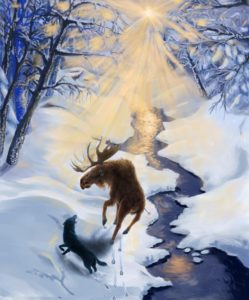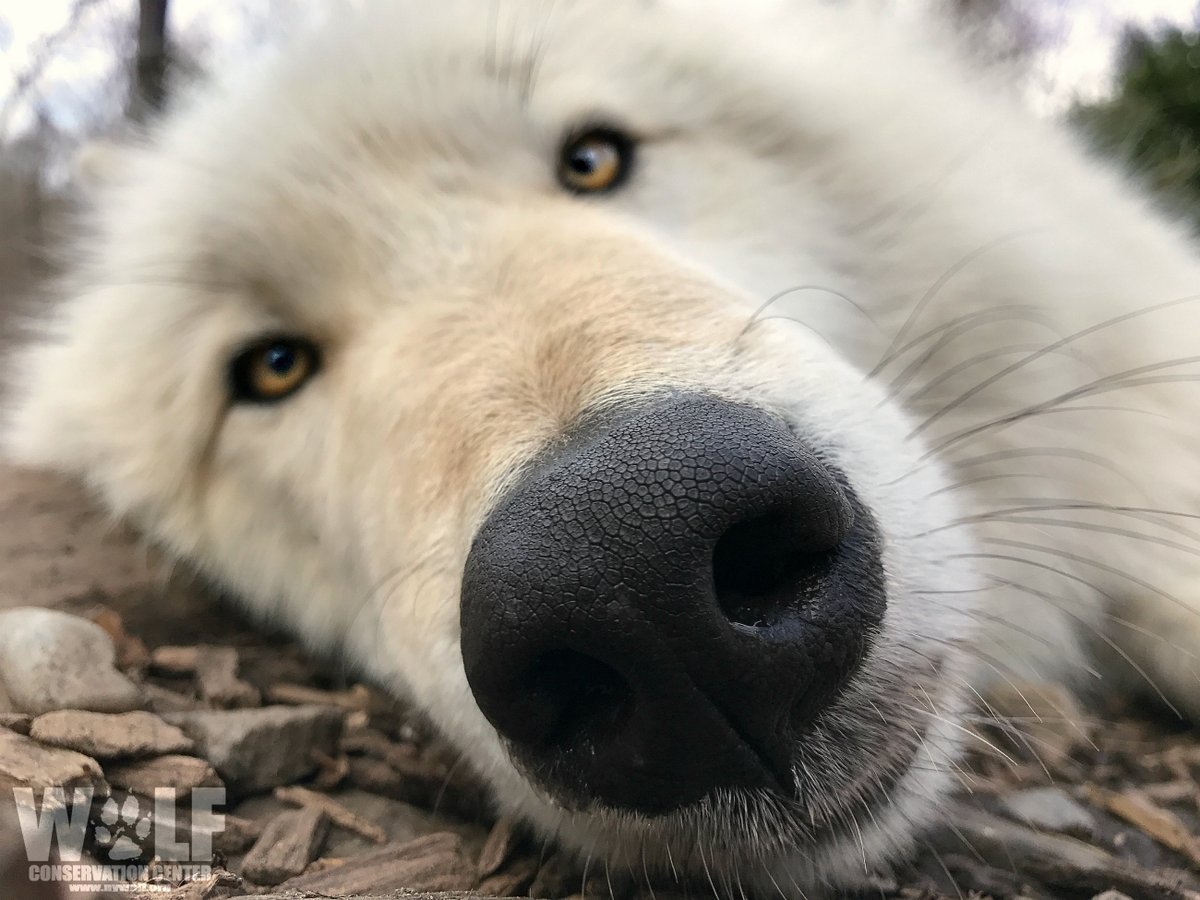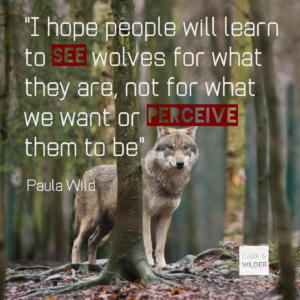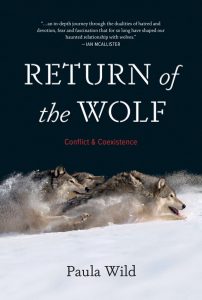A few weeks ago, a friend urged me to check Return of the Wolf on amazon.ca “Right now!”
“Oops,” I thought. “Some info in the product details must be wrong. And then a sick foreboding – maybe someone had posted a dreadful review?
I quickly googled the page and was baffled to see orange text proclaiming #1 in Bestseller in Wildlife under the title. It took few minutes for the significance to sink in.
I let out a little shriek and immediately emailed the link to friends and family. At the time I wasn’t sure if ratings were based on hits or actual purchases. I now know it’s the latter. And that ratings are reconfigured hourly.
A little later in the day I googled amazon.ca and saw that Wolf had slipped to #2. Okay, so I’d had my fifteen minutes of fame. And to keep things in perspective, a moose calendar was #4.
Wolves and moose have a long relationship as predator and prey. Researchers have witnessed single wolves take down an adult moose so it can be done.
have witnessed single wolves take down an adult moose so it can be done.
But most wolves tackle the 360 to 450 kg (800 – 1,000 pound) ungulates as part of a pack. Even then, it’s estimated that they’re only successful one to nine percent of the time.
It’s dangerous too as the moose may kick or stomp a wolf with its sharp hooves, batter it with its heavy antlers or use them to flip the canid end over end.
So, when it comes to a physical confrontation, a healthy adult moose is more than a capable match for a lone wolf or even a pack.
But how do wolves and moose fare when it comes to human emotions? I’d never thought about it until I saw the animals so closely linked on the amazon.ca bestseller list.
For a couple of weeks I randomly checked Return of the Wolf’s status on amazon. The book slipped down to #8 and then ping-ponged to #157 and back up to #22 with numerous stops in between. And through it all, the moose calendar held steady at #4.



